EU countries agree to provide Ukraine with €5 billion military aid
European Union member states have agreed to allocate an additional 5 billion Euros ($5.5 billion) in military aid to Ukraine, as a new component to an EU-run assistance fund.
Ambassadors from the EU’s 27 member countries reached a deal to add €5 billion to the Ukraine Assistance Fund — part of the EU's off-budget European Peace Facility (EPF) — at a meeting in Brussels on Wednesday.
The assistance fund is used to partially reimburse member countries for the weapons they provide to Ukraine, enabling countries of all sizes to contribute and offer assistance. It is an "off-budget" initiative due to restrictions on military-related spending.
The fund has a budget of up to five billion Euros annually for the next four years.
“The message is clear: we will support Ukraine with whatever it takes to prevail,” EU foreign policy chief Josep Borrell posted on social media platform X after the decision.
According to the EU, around 6.1 billion Euros ($6.7bn) have already been allocated from the EPF to provide military aid for Ukraine since early 2022.
We made it: #Coreper agreed on the #UkraineAssistanceFund.
— Josep Borrell Fontelles (@JosepBorrellF) March 13, 2024
The Fund will allow us to step up our military support to #Ukraine with another €5 billion.
The message is clear: we will support #Ukraine with whatever it takes to prevail.#EuropeanPeaceFacility
The agreement comes after months of back-and-forth discussions among EU members, with France and Germany playing a key role in shaping the debate.
France, a staunch supporter of European defense industries, backed by Greece and Cyprus, demanded the EPF be used exclusively to purchase weapons and ammunition made inside the bloc. Other countries argued that such a requirement would inhibit efforts to buy worldwide to get weapons to Ukraine quickly.
Germany, the largest contributor of military aid to Ukraine in Europe, has insisted that donations should be taken into account in determining the size of countries’ financial contributions to the fund.
The final text said the scheme should give priority to the European defense sector, while “exceptionally allowing" for flexibility in cases where it cannot provide within a timeframe compatible with Ukrainian needs.
Last month, Ukrainian President Volodymr Zelensky said his country has lost ground in recent months due an “artificial shortage” of weapons and urged allies to send arms to Kiev.
Europe has seen a significant increase in weapons imports over the last five years, with a doubling in numbers. This surge has been attributed in part to the conflict in Ukraine, according to the Stockholm International Peace Research Institute (Sipri).
Sipri noted that at least 30 countries had supplied major weapons as military aid to Ukraine since Russia's military operation in February 2022. Other European nations also increased imports, with a larger share coming from the world’s number one armourer, the US.
The United States has recently unveiled a fresh weapons package worth $300 million for Ukraine. However, the progress of an additional $60 billion in funding has hit a roadblock as Republicans in Congress have put it on hold, arguing that President Joe Biden is only prolonging the conflict with Russia without providing a clear strategy to end the violence.
Ukraine has become the world’s fourth-largest arms importer, while France has replaced Russia as the world’s second-largest exporter behind the US.
US fighter aircraft shot down ‘in friendly fire’ amid aggression on Yemen
Yemeni FM: Israel’s sponsors accountable for ongoing aggression on Sana’a
Eight Palestinians killed as Israel attacks Gaza school, hospitals
VIDEO | Rome, Milan host new protests in solidarity with Palestinians
Dec. 21: ‘Axis of Resistance’ operations against Israeli occupation
Spain jurists demand ties with Israel ties be cut
VIDEO | Press TV's news headlines
VIDEO | Iran honors top Science Olympiad medalists


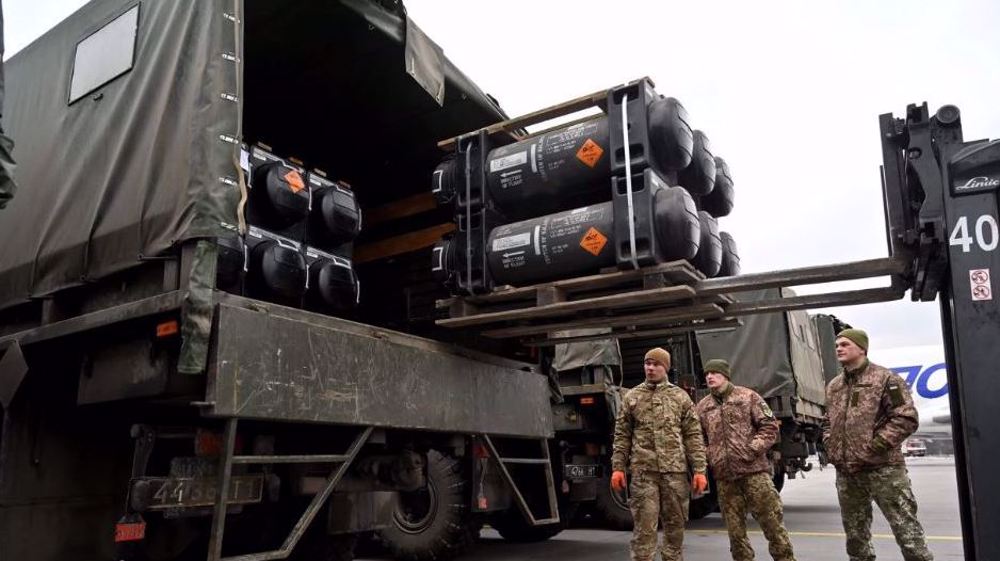
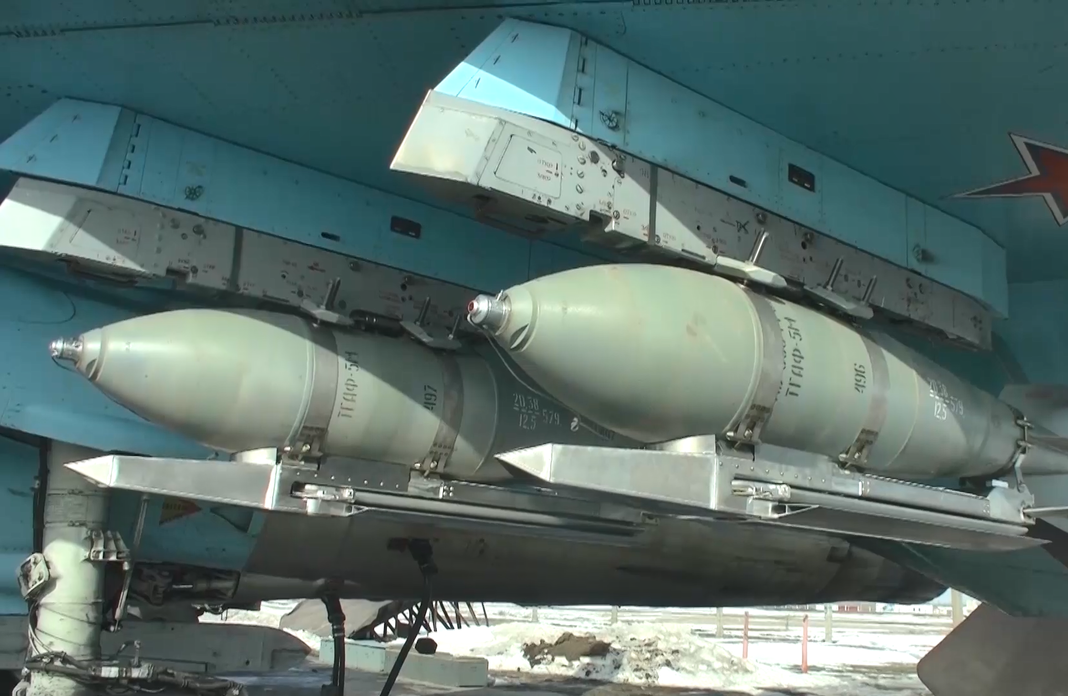
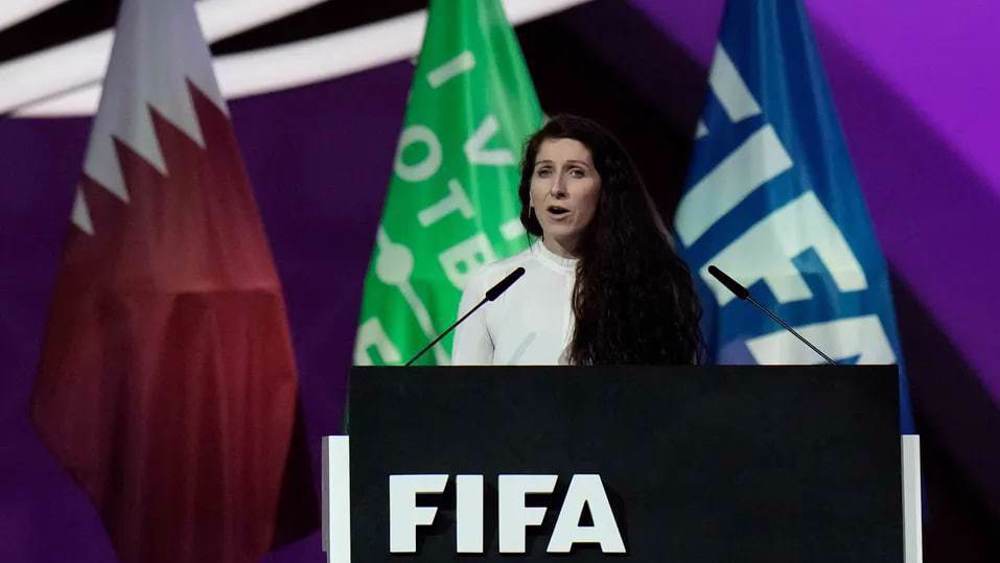





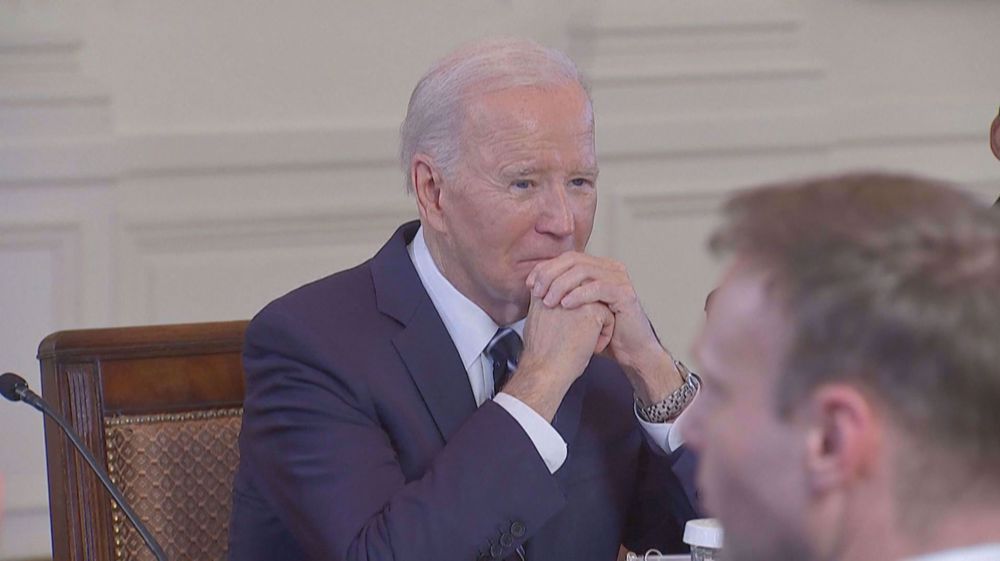
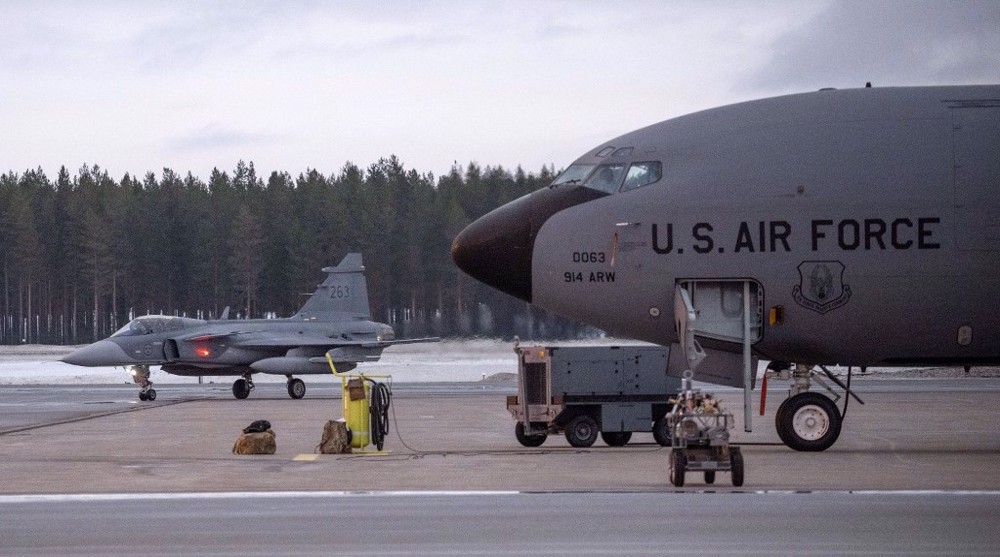
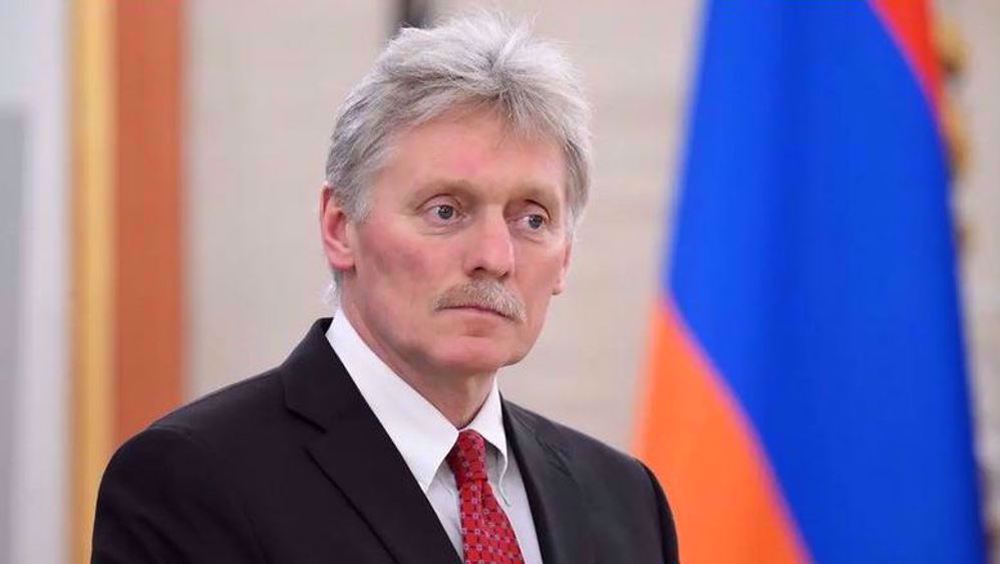
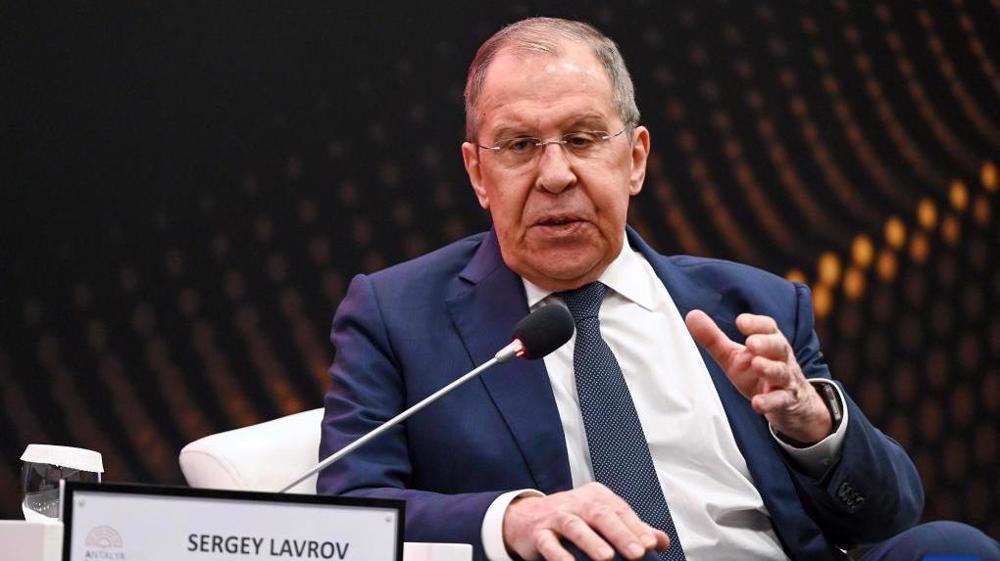

 This makes it easy to access the Press TV website
This makes it easy to access the Press TV website